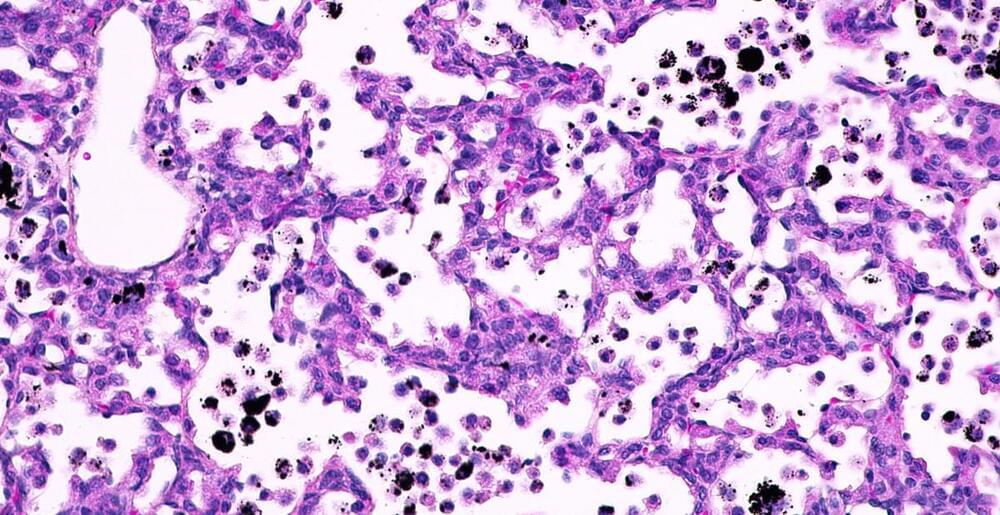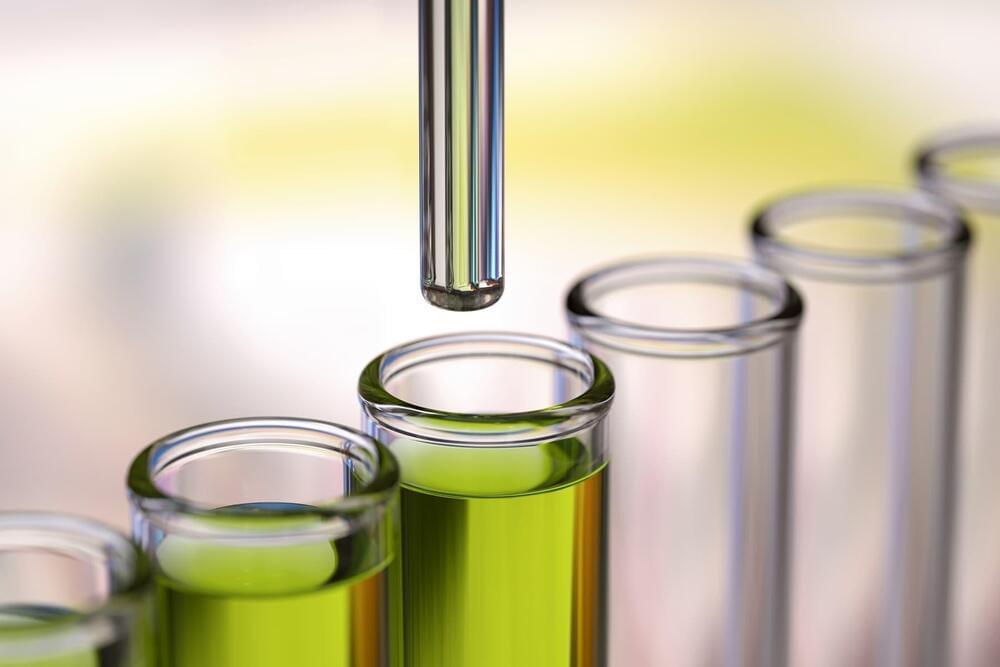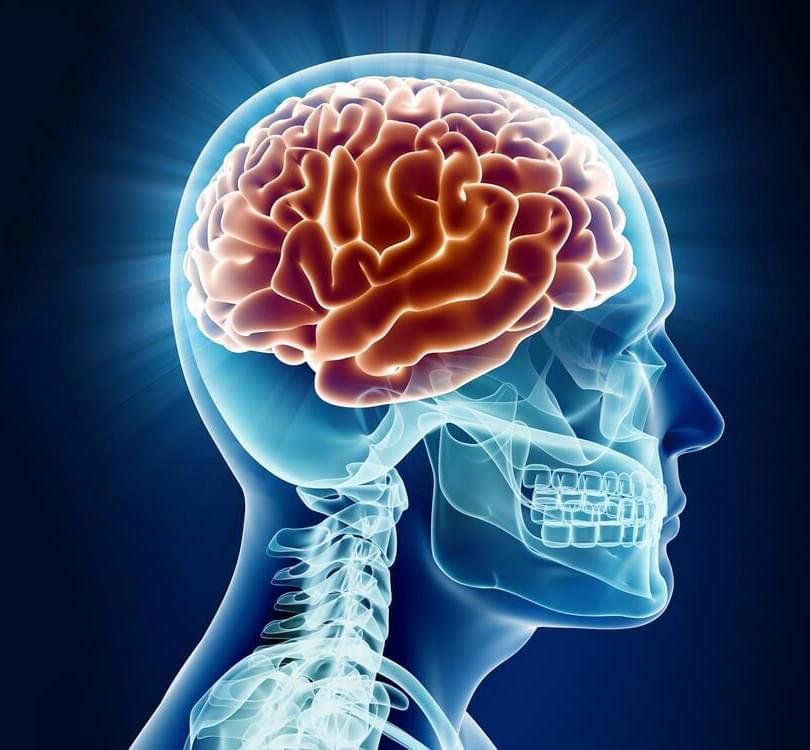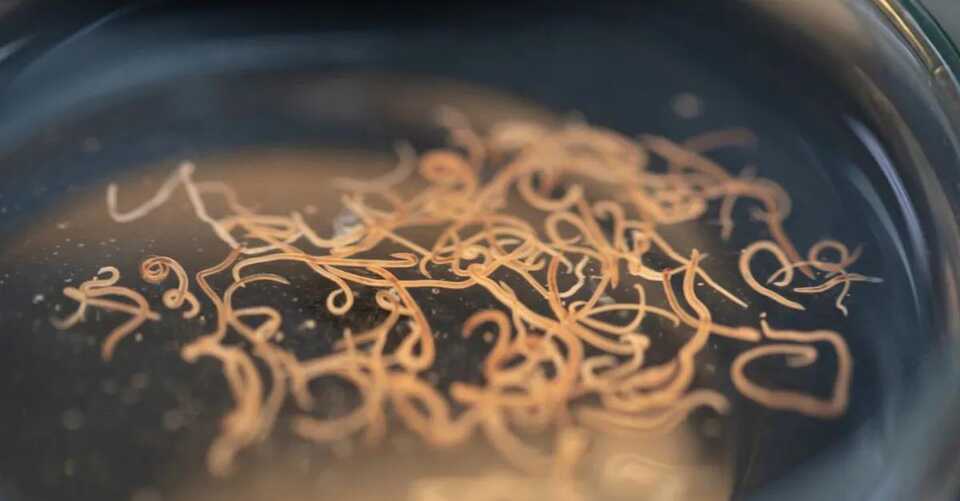Here’s why the flu and RSV are surging right now—and how COVID itself may have affected our immune systems.



While it may seem common knowledge that smoking is bad for your lungs, if and how ultrafine particles present in cigarette smoke impact the development and progression of lung cancer remains unclear. Working with animal models, researchers at Baylor College of Medicine sought to find how airborne ultrafine particles in smoke can change a host’s defense against lung cancer.
In a study published in the current edition of Science Advances, Dr. Cheng-Yen Chang, a postdoctoral fellow in Dr. Farrah Kheradmand’s lab in the Department of Medicine – Pulmonary at Baylor, and their team discovered that exposure to ultrafine particles alters the function of immune cells in the lungs, disabling their natural defense mechanism against tumors. They found that ultrafine particles change the cell’s primary energy source, creating new byproducts in the lungs. Accumulation of the new byproducts can decrease the host’s immune defense, allowing tumors to escape detection.
These particles are not just found in cigarette smoke; environmental and other natural fires also incompletely combust organic matter that generates ultrafine particles. Kheradmand and colleagues at Rice University had previously found that immune cells in the lungs of heavy smokers contain particles that they identified as nano-sized elemental carbon black.

This article originally appeared on VICE Italy.
“After seeing my results, the doctor was surprised I hadn’t arrived on my hands and knees,” said Alice, who’s spent the past five years in treatment for hypothyroidism. The thyroid gland is a key organ regulating all kinds of functions in the body – meaning a defective thyroid can have a huge impact on your quality of life.
About 6 million people have thyroid disorders here in Italy and it’s estimated about 3.8 percent of the population of Europe is affected by some kind of thyroid dysfunction. But they often go unnoticed.
The formation of amyloid plaques in the brain is a hallmark of Alzheimer’s disease. But drugs designed to reduce accumulations of these plaques have so far yielded, at best, mixed results in clinical trials.
Yale researchers have found, however, that swelling caused by a byproduct of these plaques may be the true cause of the disease’s debilitating symptoms, they report Nov. 30 in the journal Nature. And they identified a biomarker that may help physicians better diagnose Alzheimer’s and provide a target for future therapies.
According to their findings, each formation of plaque can cause an accumulation of spheroid-shaped swellings along hundreds of axons — the thin cellular wires that connect the brain’s neurons — near amyloid plaque deposits. The swellings are caused by the gradual accumulation of organelles within cells known as lysosomes, which are known to digest cellular waste, researchers found. As the swellings enlarge, researchers say, they can blunt the transmission of normal electrical signals from one region of the brain to another.
The types of meat you eat and how you cook them both affect your risk for cancer. Learn how to minimize your risk and still have the flavors you enjoy from nutrition and cancer prevention expert Carrie Daniel-MacDougall, Ph.D.
Ray Kurzweil is an author, computer scientist, inventor, futurist and a director of engineering at Google. Kurzweil is a public advocate for the futurist and transhumanist movements, and gives public talks to share his optimistic outlook on life extension technologies and the future of nanotechnology, robotics, and biotechnology.
Recorded 2013

The announcement comes from the journal Science, which published Phase 1 results of a small clinical trial for a vaccine technology that aims to cause the body to create a rare kind of cell.
“At the most general level, the trial results show that one can design vaccines that induce antibodies with pre-specified genetic features, and this may herald a new era of precision vaccines,” William Schief, PhD, a researcher at The Scripps Research Institute and study co-author, told the American Association for the Advancement of Science (AAAS).
The study was the first to test the approach in humans and was effective in 97% – or 35 of 36 – participants. The vaccine technology is called “germline targeting.” Trial results show that “one can design a vaccine that elicits made-to-order antibodies in humans,” Schief said in a news release.

Aging inevitably increases the risk of disease, as exemplified by CAD, AD, and cancer. Monitoring the aging process and understanding its mechanisms will not only enhance early diagnoses, it may also provide strategies for the early prevention and treatment of diseases. While biomarkers for cellular senescence in in vitro cultured mammalian cells are already well-defined, those that define in vivo senescence/aging at the systemic level remain scarce. Here, we generated a targeted Glb1+/m allele at the Glb1 locus that encodes β-galactosidase. The GAC signal indicates Glb1 level. The results reveal that the live-imaged GAC signal is linearly correlated with chronological age, but only in middle-aged mice (9–13 months). High GAC at the MA stage was associated with cardiac hypertrophy and shortened lifespan. Moreover, GAC signal was exponentially increased in pathological lung fibrosis induced by BLM. Thus, this in vivo reporter mouse can faithfully monitor systemic aging and organ functional decline in a manner closely associated with lifespan, and provides an ideal system for studying aging mechanisms and developing anti-aging manipulations.
The upregulation of p16Ink4a transcription and elevated SAβ-gal staining are both well-established and widely used biomarkers for cellular senescence17, and the former led to the generation of live-imaging aging reporter mice20,22,23. Intriguingly, high level of p16Ink4a, indicated by luciferase activity, predicts cancer initiation rather than lifespan. Similarly, the in vivo application of SAβ-gal as a senescence marker at the tissue level is also limited. Positive SAβ-gal-staining is easy to obtain in kidney and adipose tissue sections but difficult to obtain in blood vessel and heart sections. By SAβ-gal staining, not many positive cells were detected in old individuals26. It raises the question of whether SAβ-gal labels in vivo senescence or if the percentage of in vivo senescent cells is indeed very low.

Researchers at Oregon Health & Science University have discovered a key molecule that contributes to understanding and treating neurological diseases like epilepsy and autism.
Researchers at Oregon Health & Science University have discovered a long-sought gene-encoded protein that allows the brain to communicate a number of signals across synapses, or gaps between neurons.
The discovery was recently published in the journal Nature.
